Nuclear quantum memory of a single γ photon
A γ-ray-nuclear quantum interface is suggested as a new platform for quantum information processing, motivated by remarkable progresses in γ-ray quantum optics. The main advantages of a γ photon over an optical photon lie in its almost perfect detectability and much tighter, potentially sub-angstrom, focusability. Nuclear ensembles hold important advantages over atomic ensembles in a unique combination of high nuclear density in bulk solids with narrow, lifetime-broadening Mssbauer transitions even at room temperature. This may lead to the densest long-lived quantum memories and the smallest size photon processors. In this talk I will talk about our recent proposal of a technique for γ photon quantum memory through a Doppler frequency comb, produced by a set of resonantly absorbing nuclear targets that move with different velocities [1]. It provides a reliable storage, an on-demand generation, and a time sequencing of a single γ photon. This scheme presents the first γ-photon-nuclear-ensemble interface opening a new direction of research in quantum information science. [1] arXiv:1812.11441 (2018)


